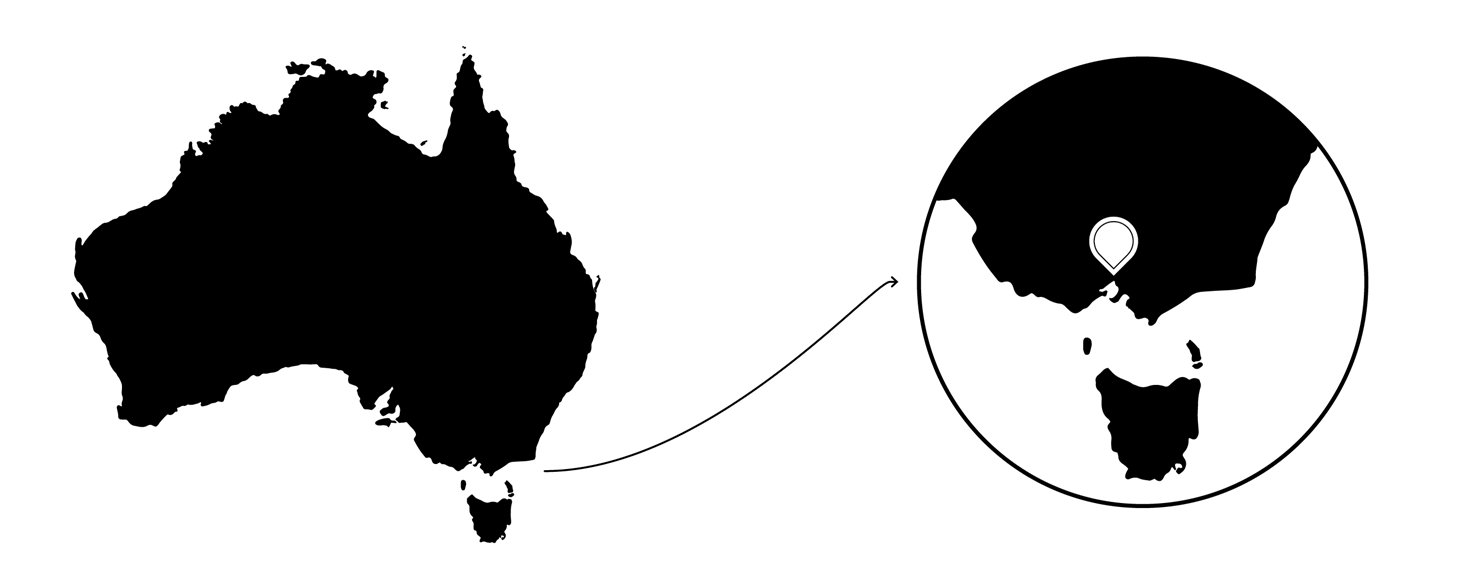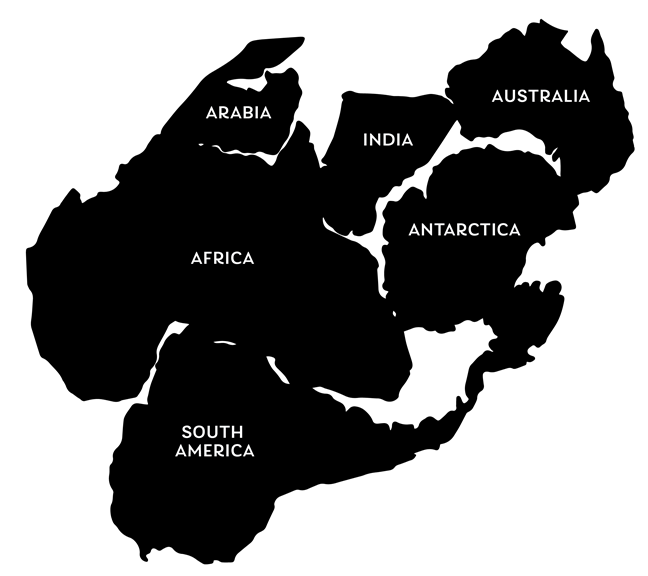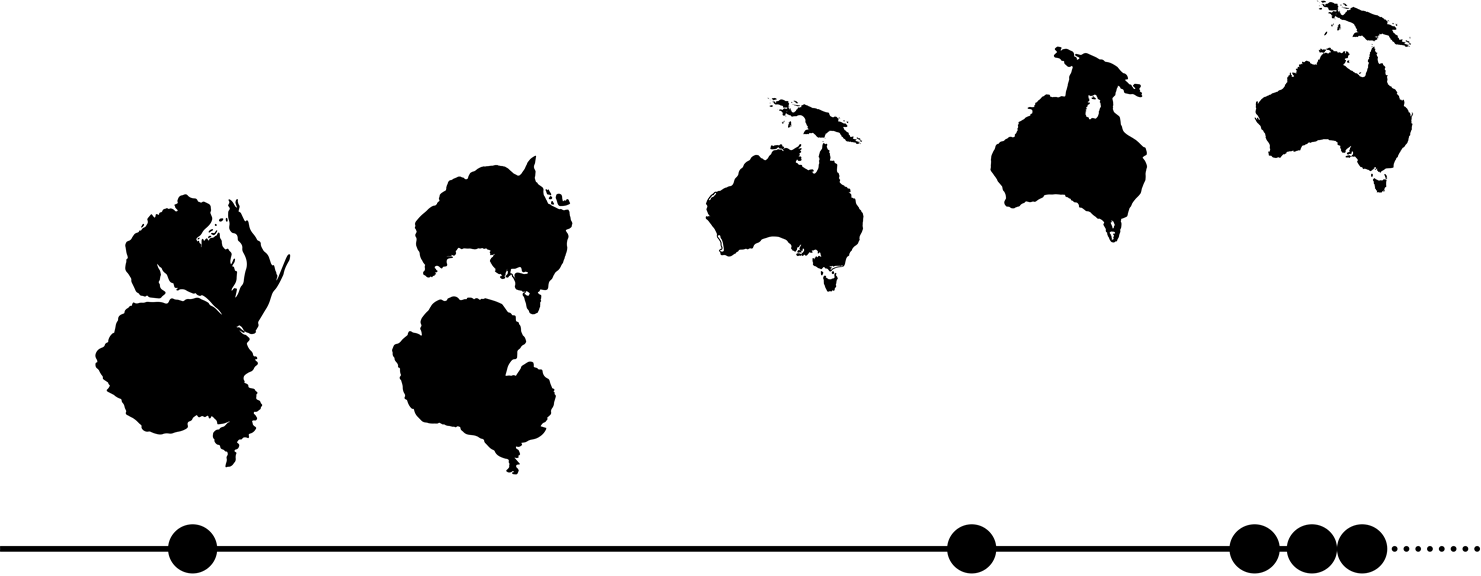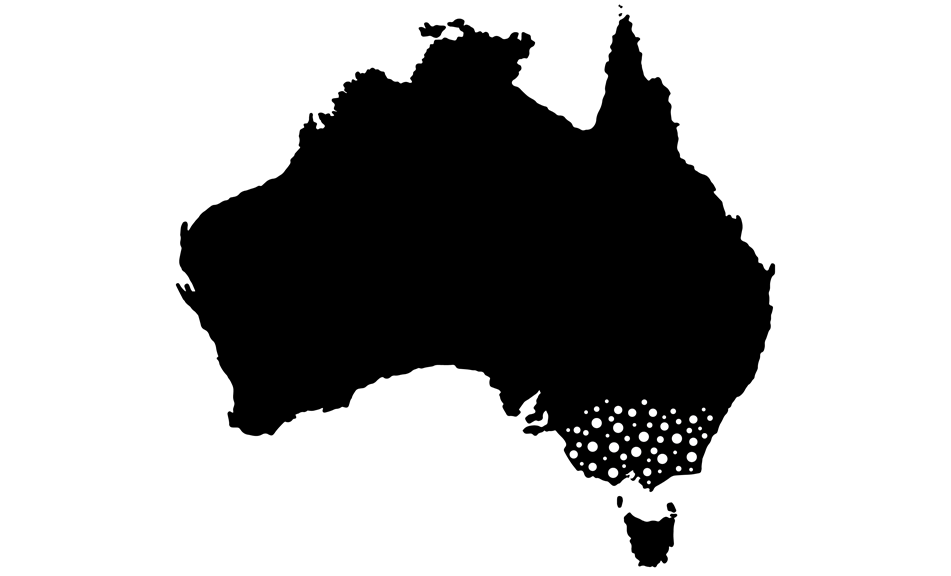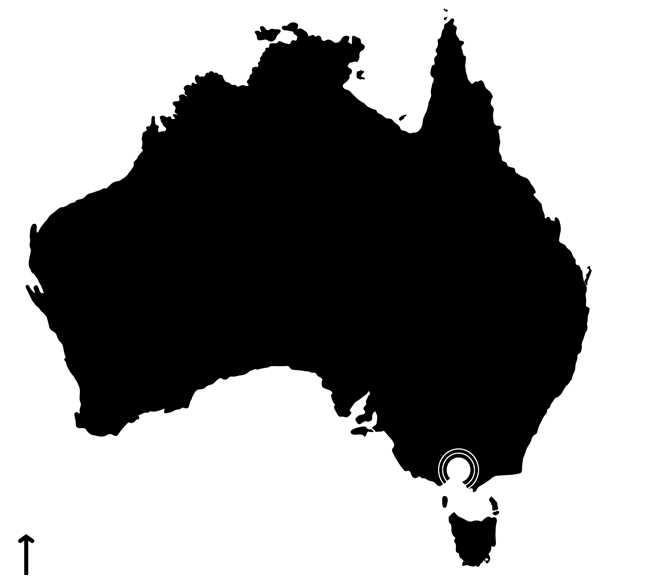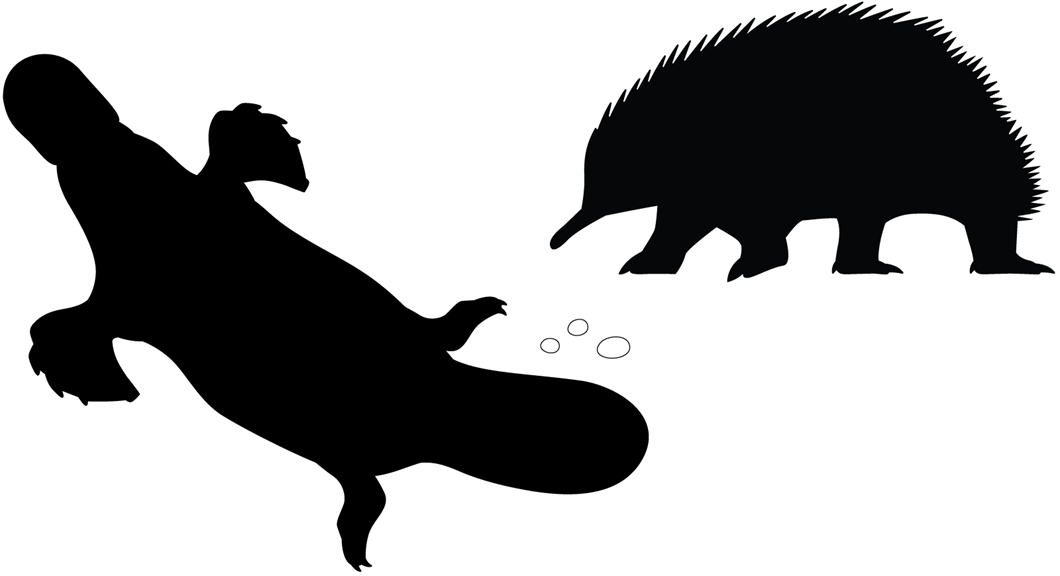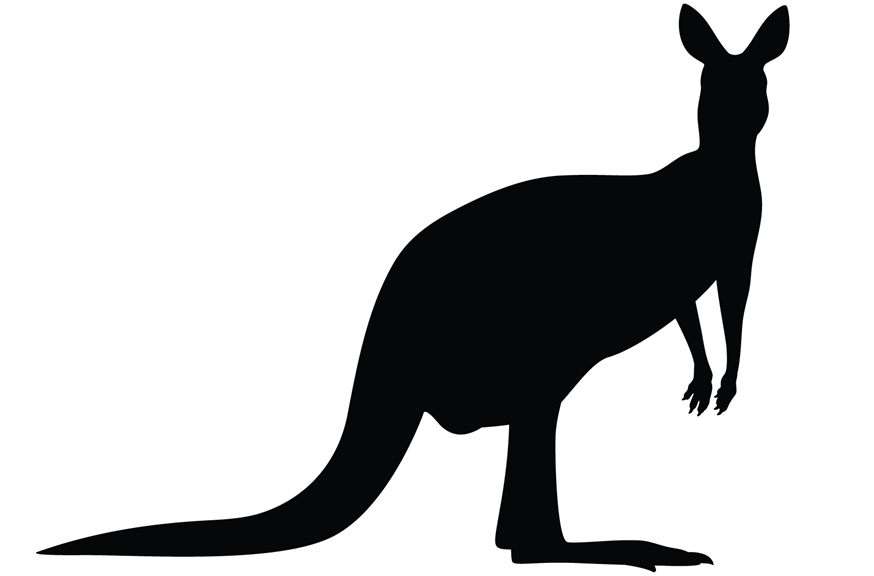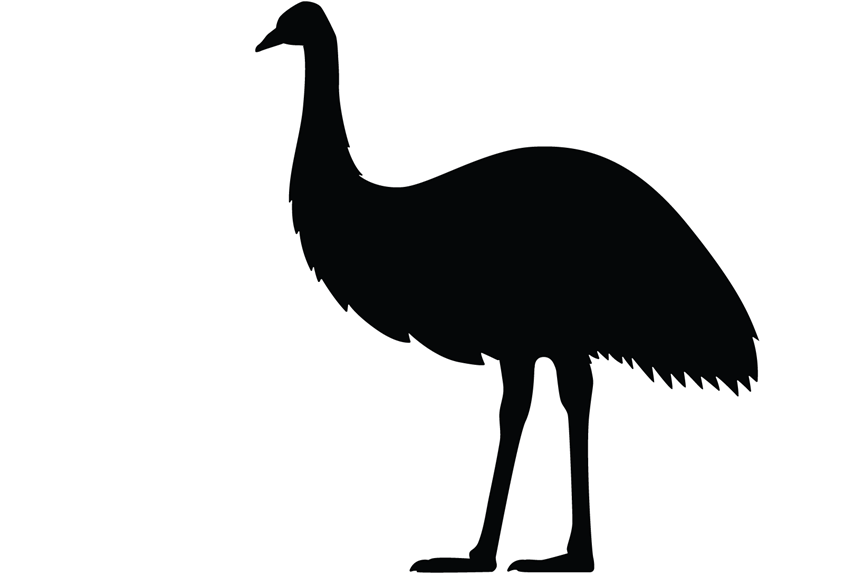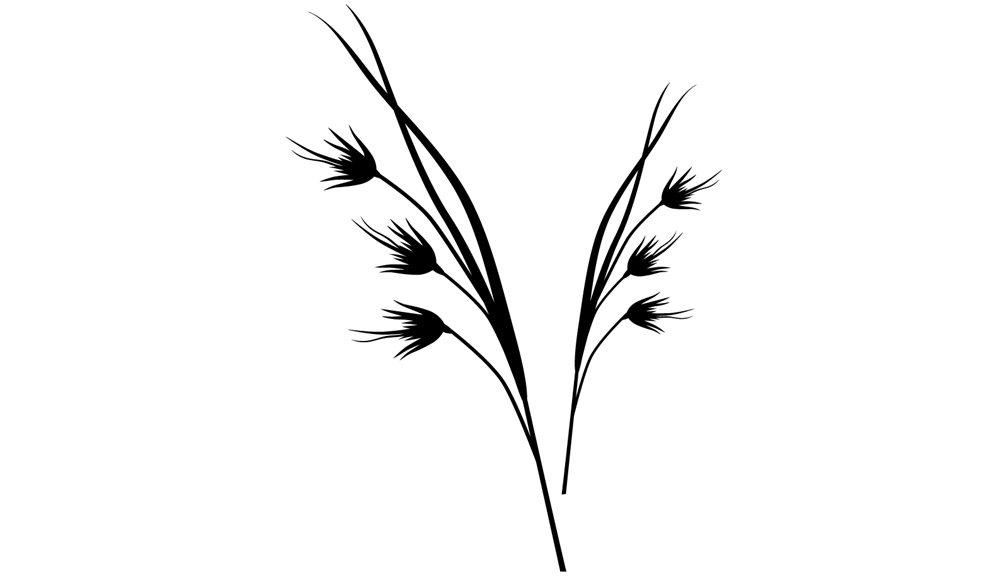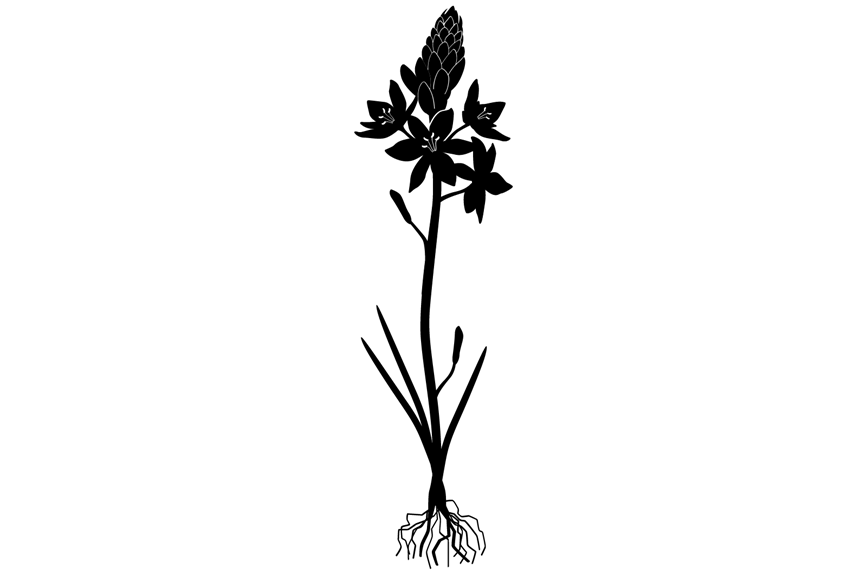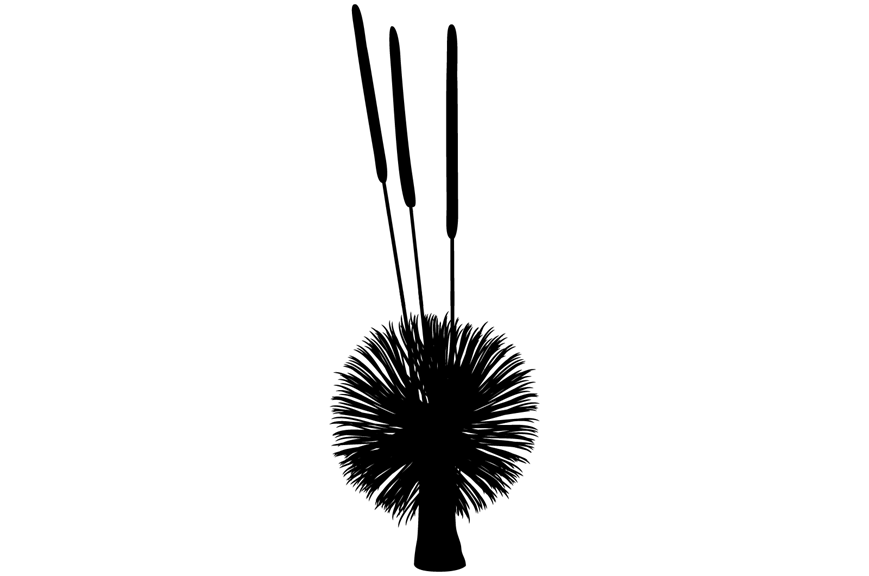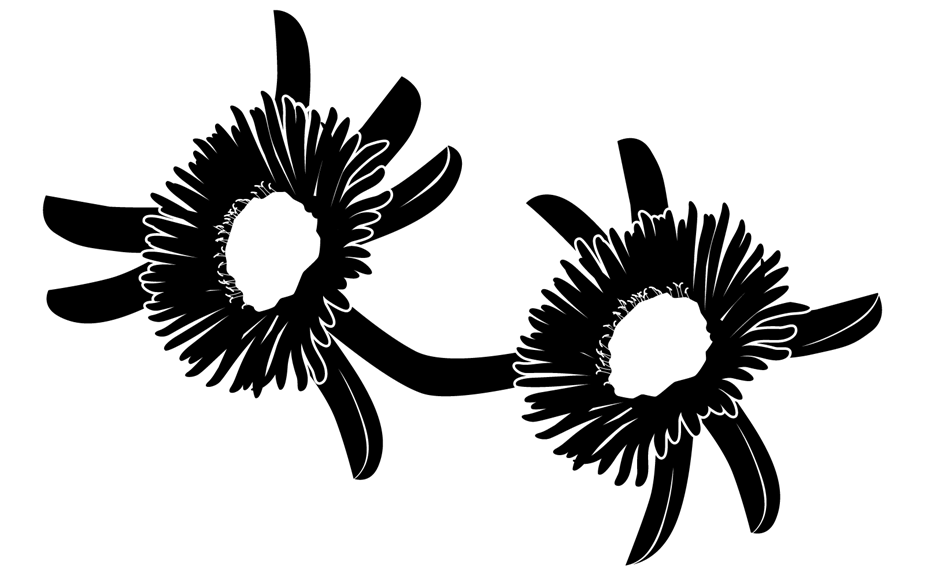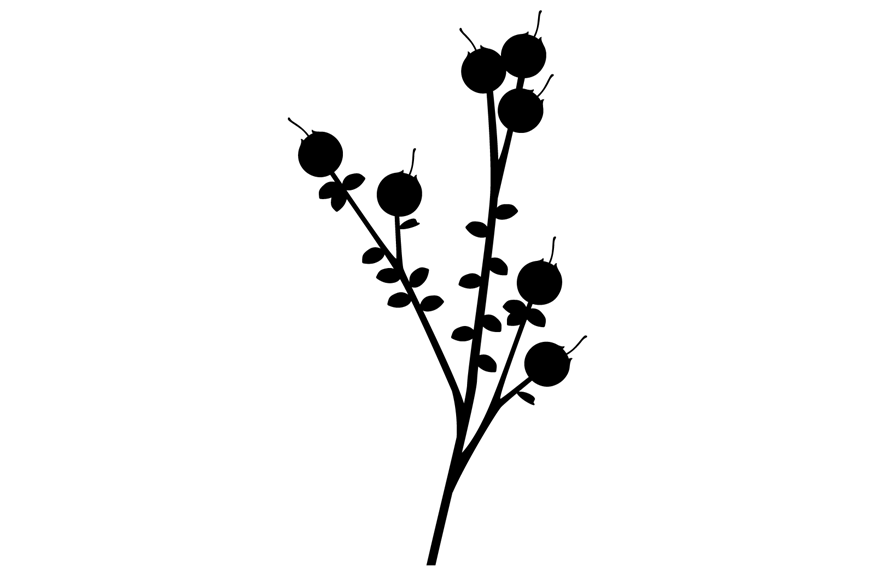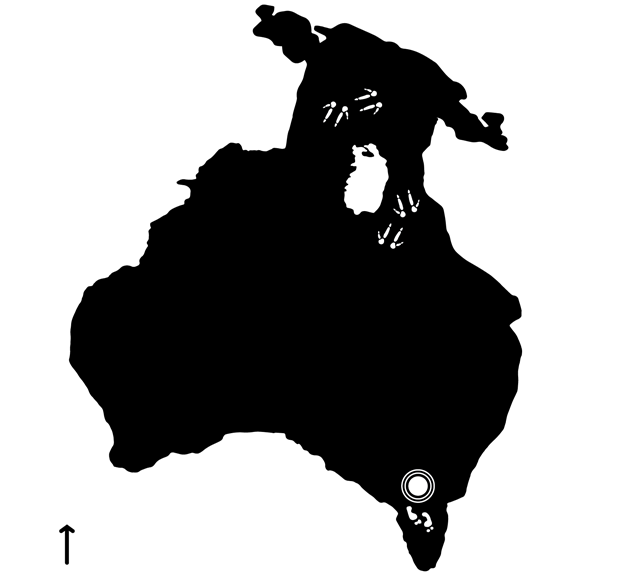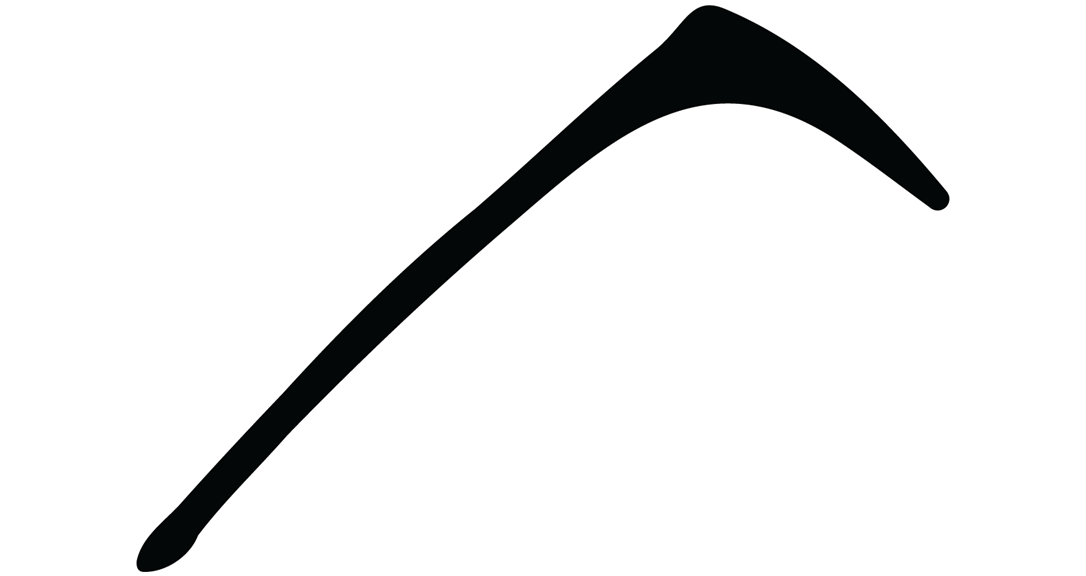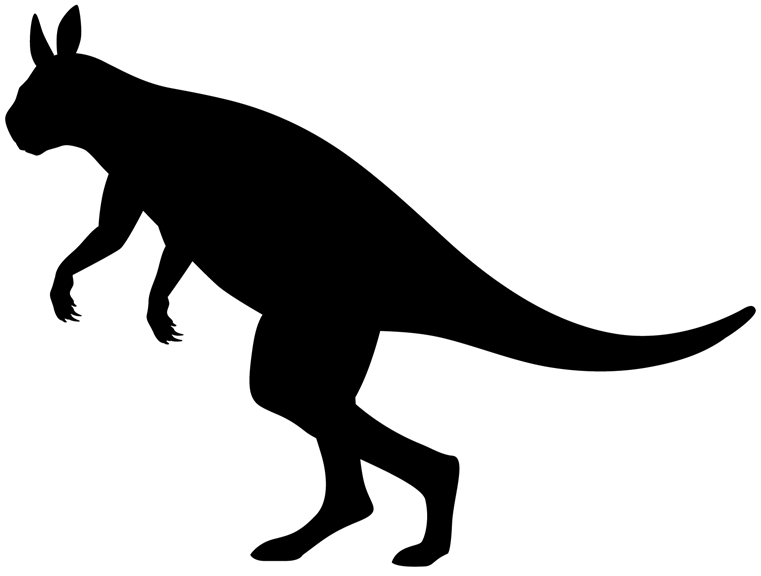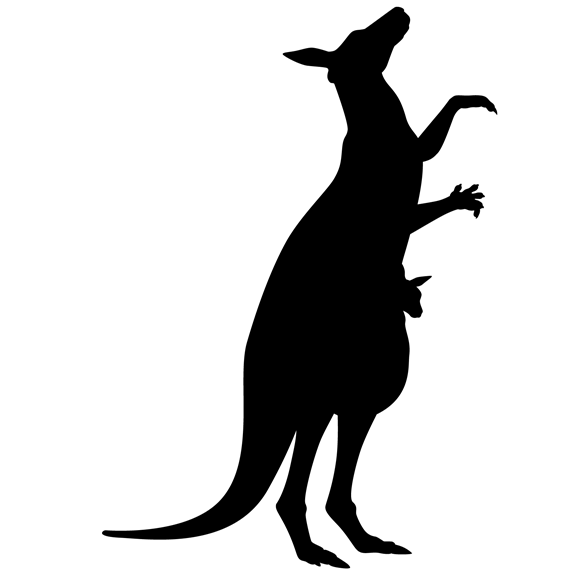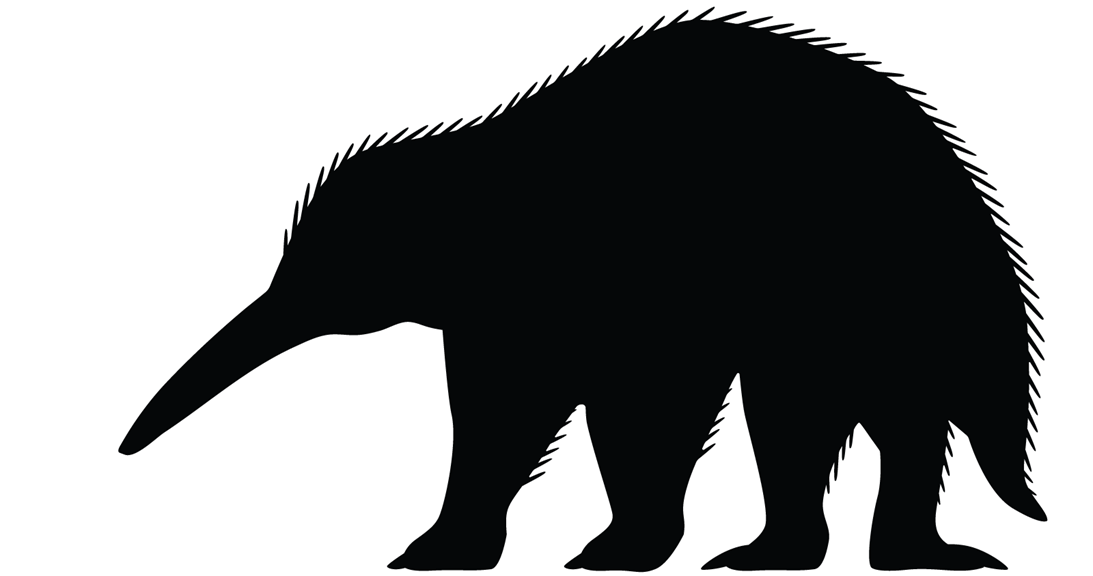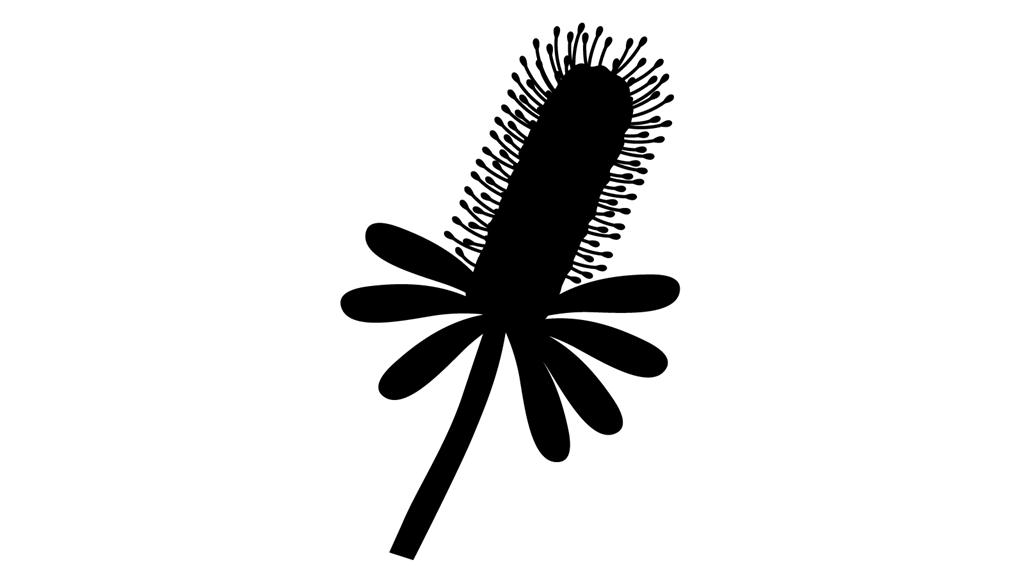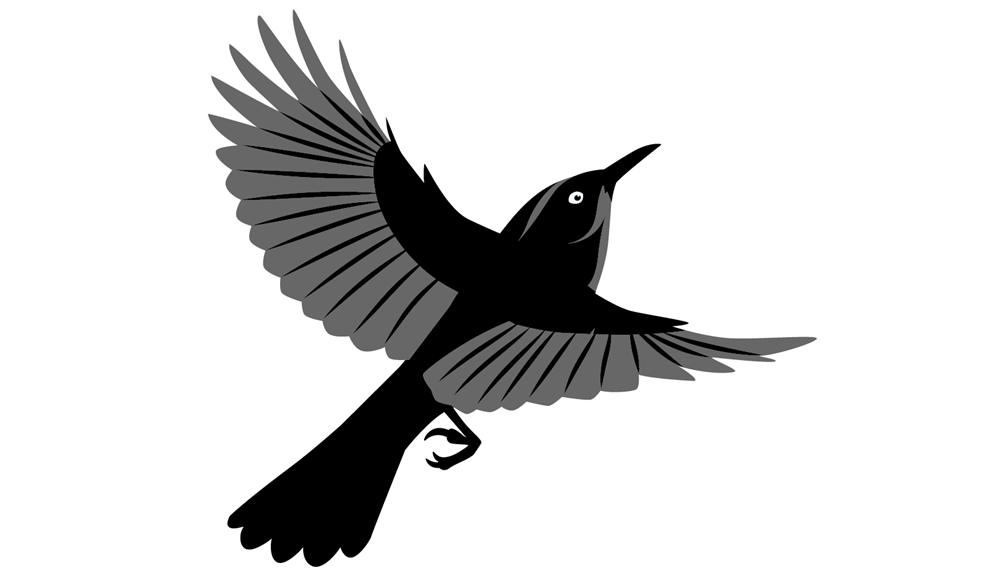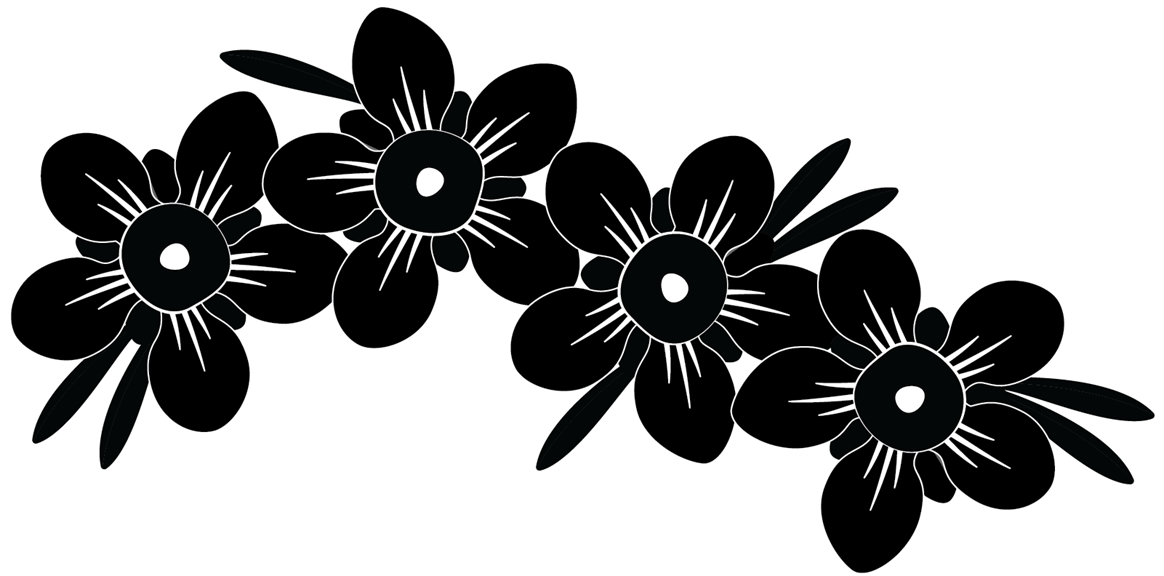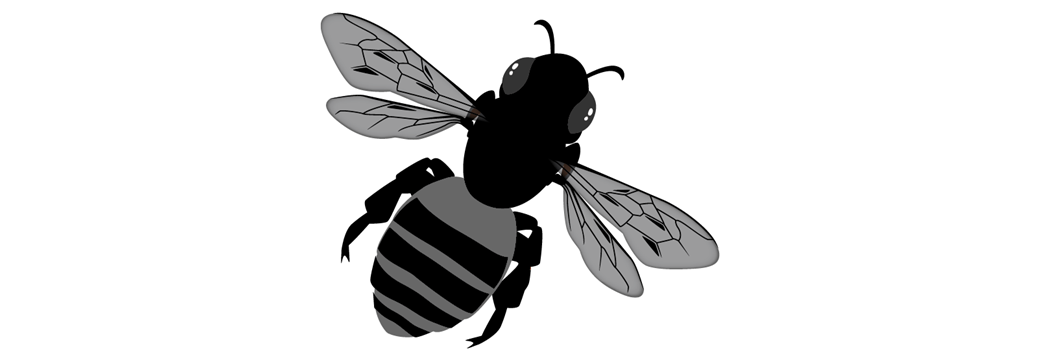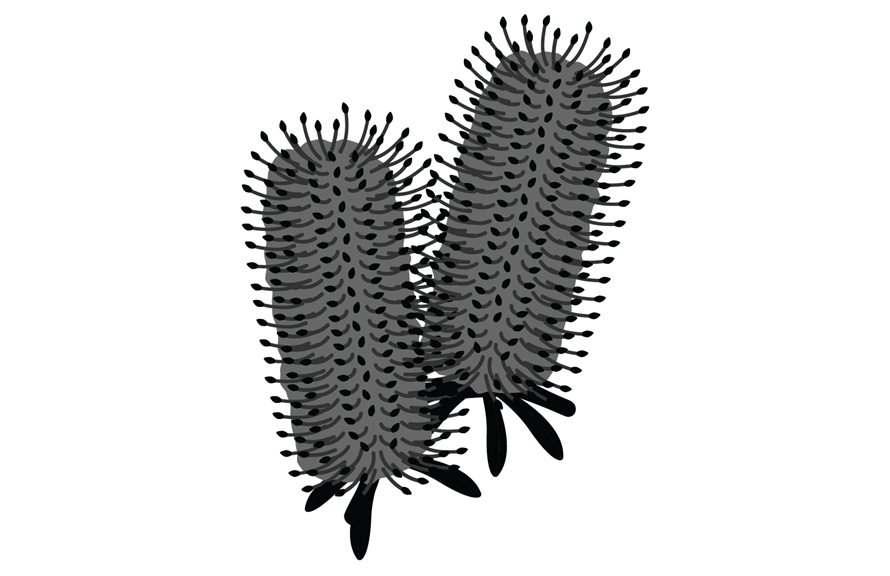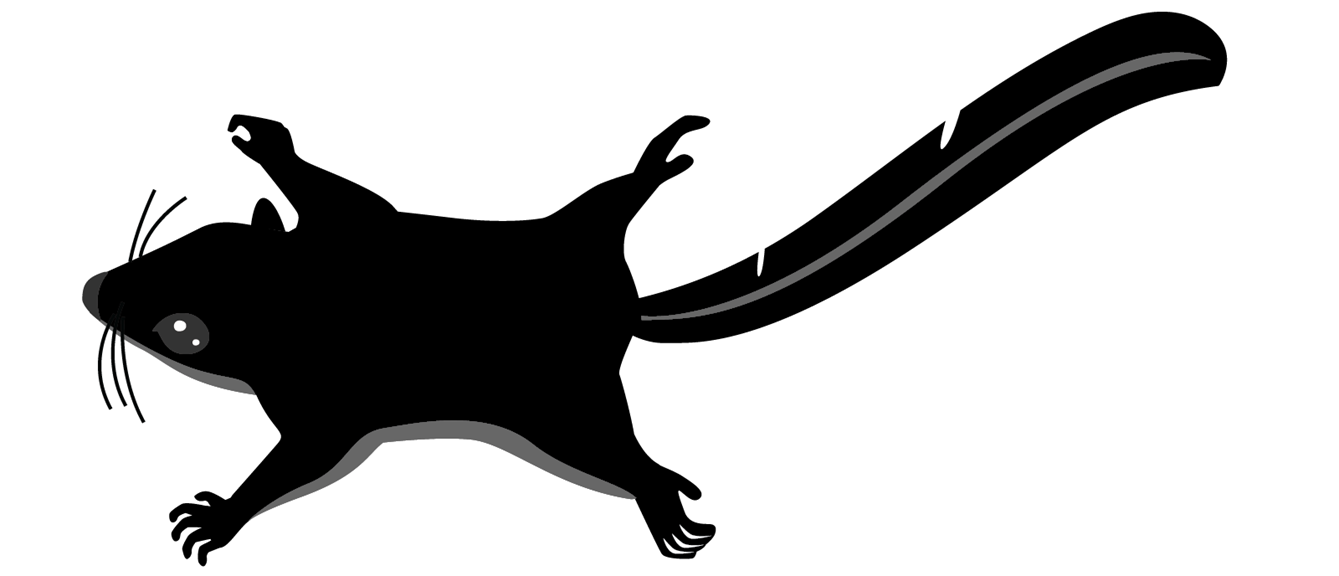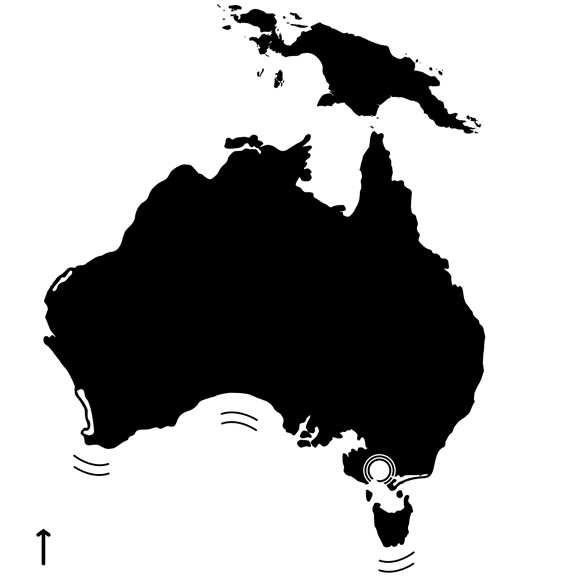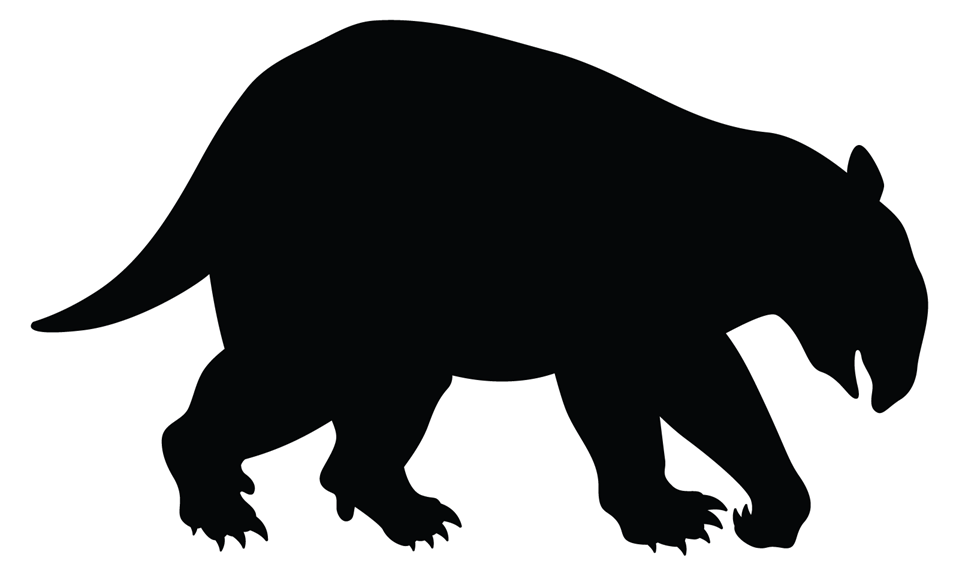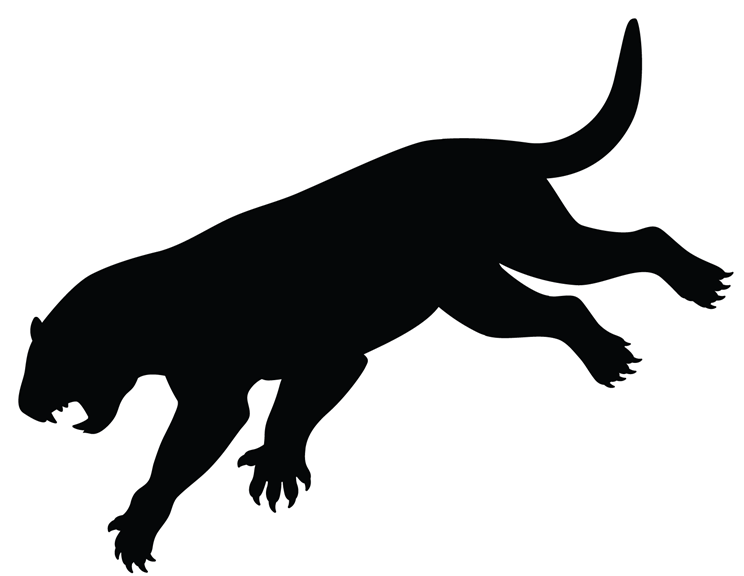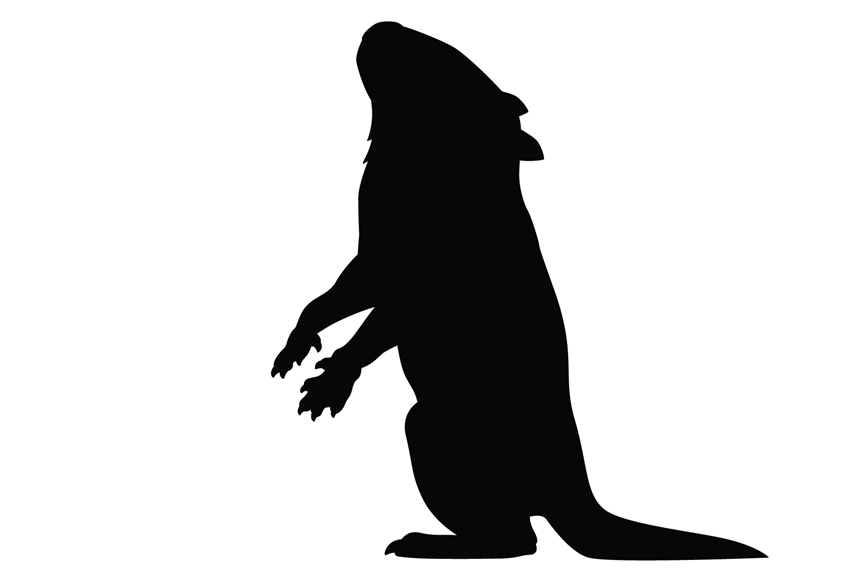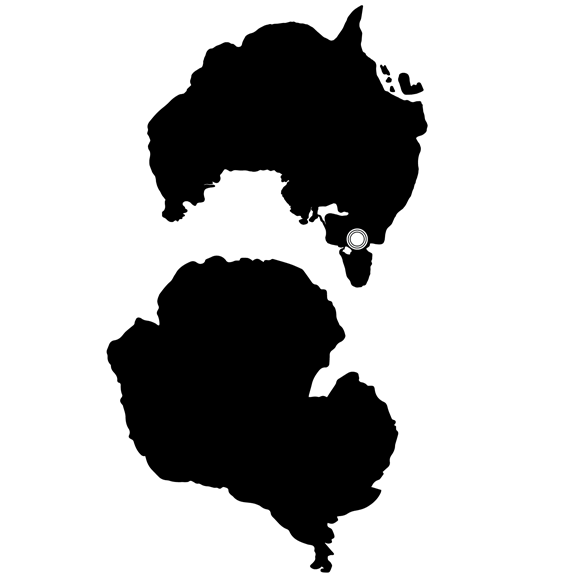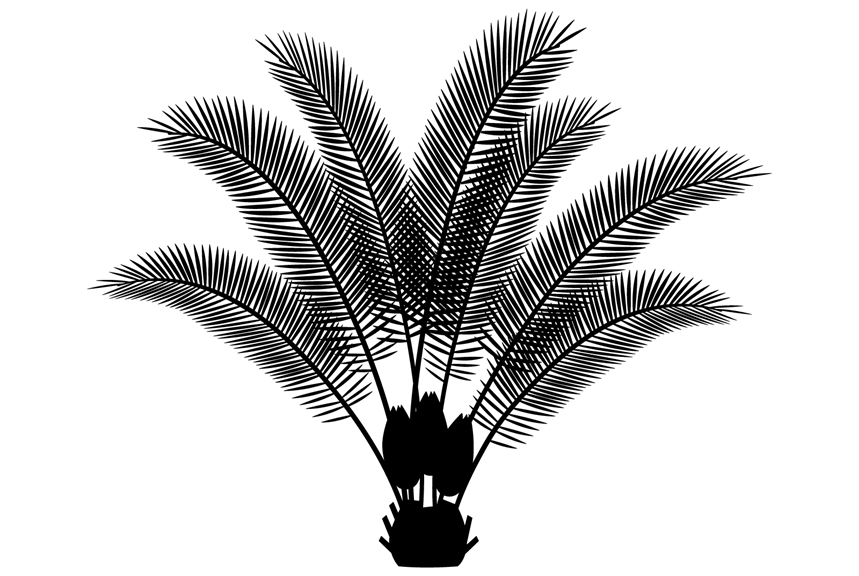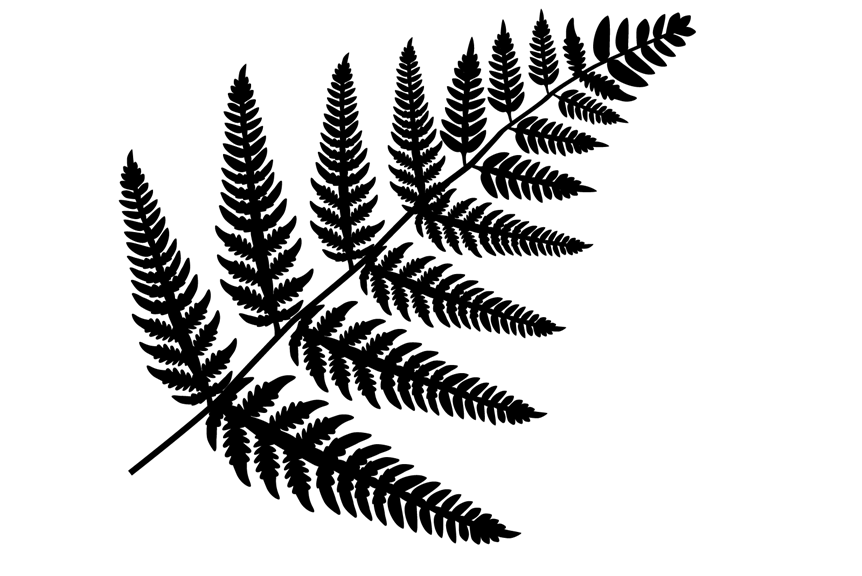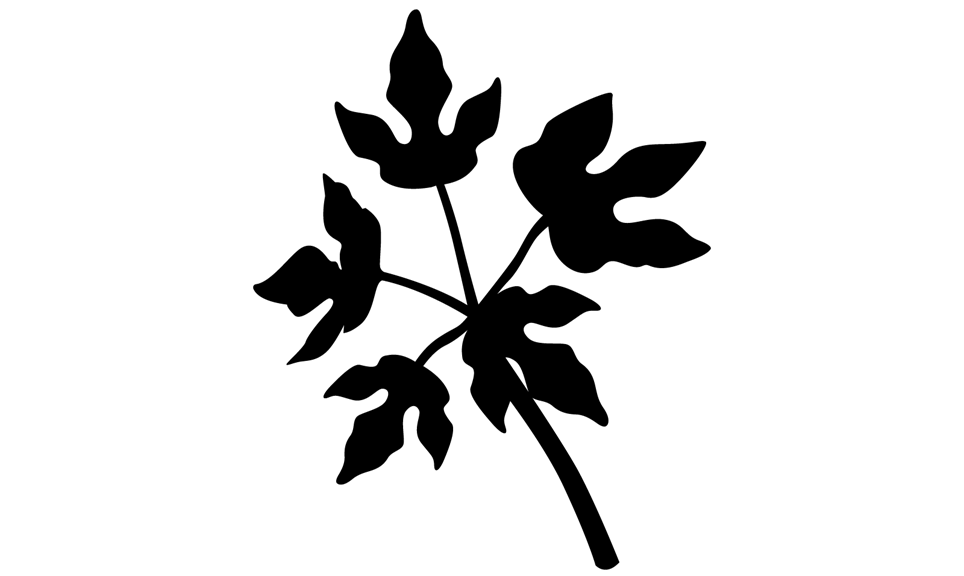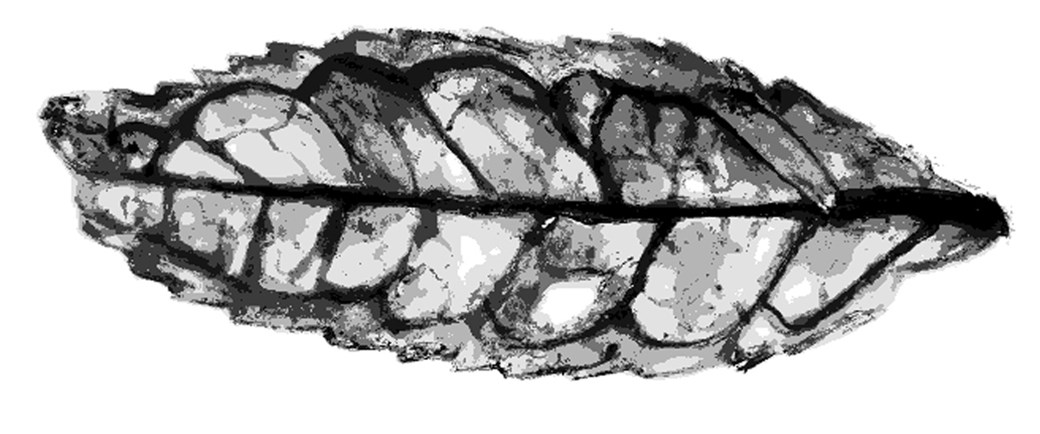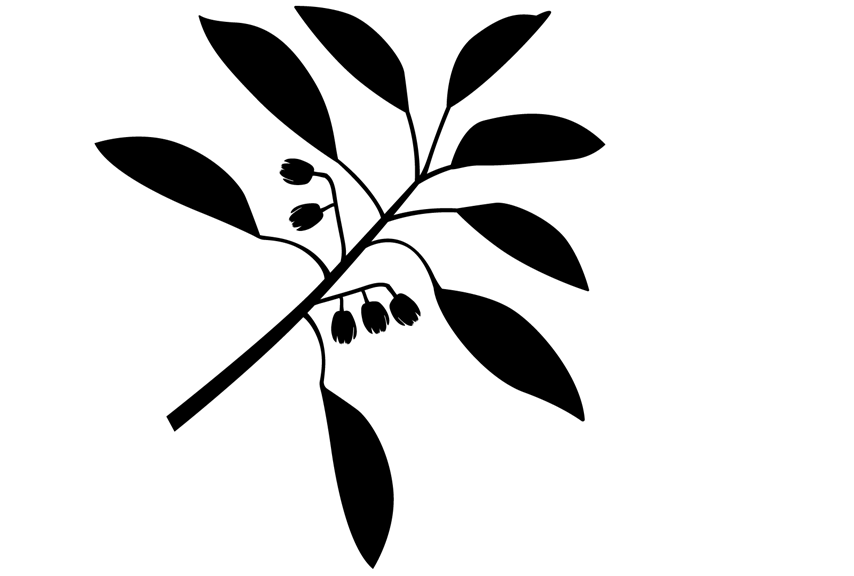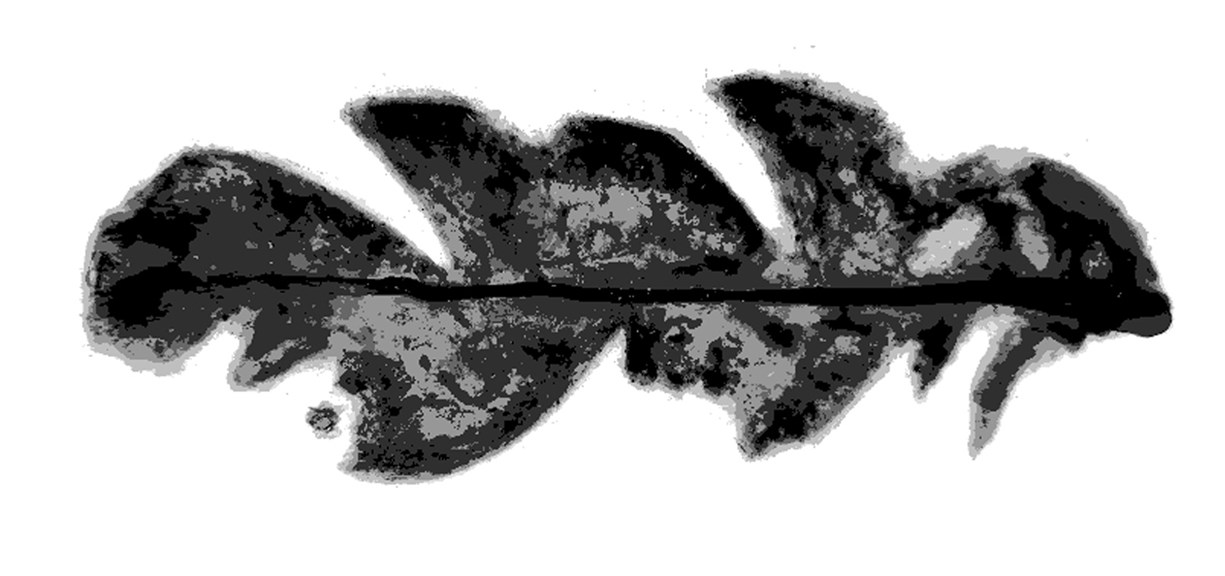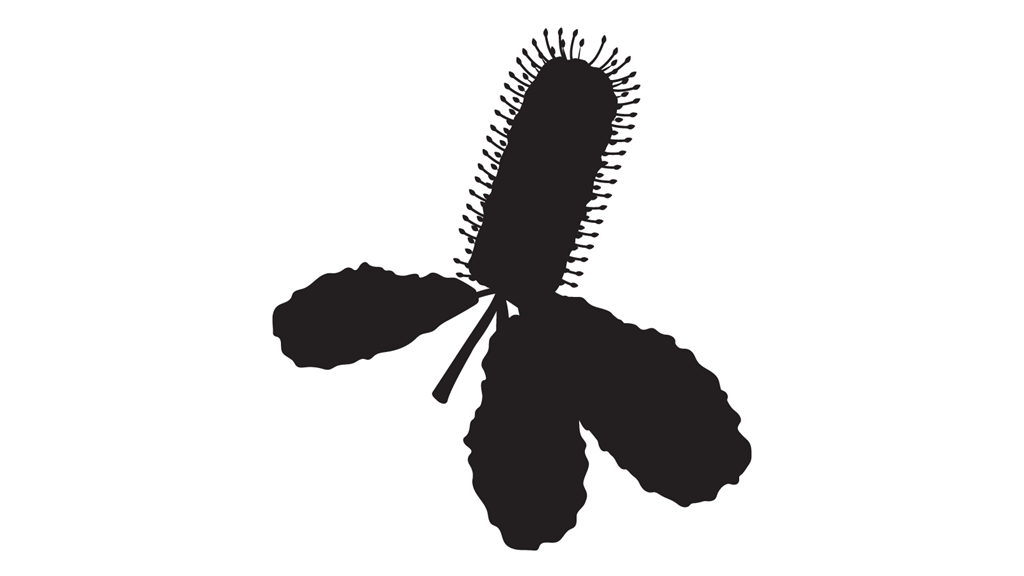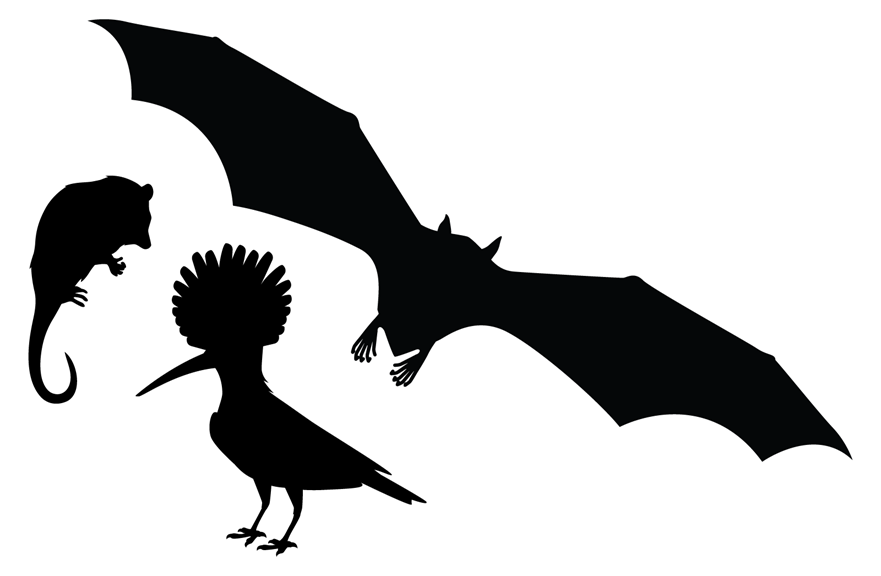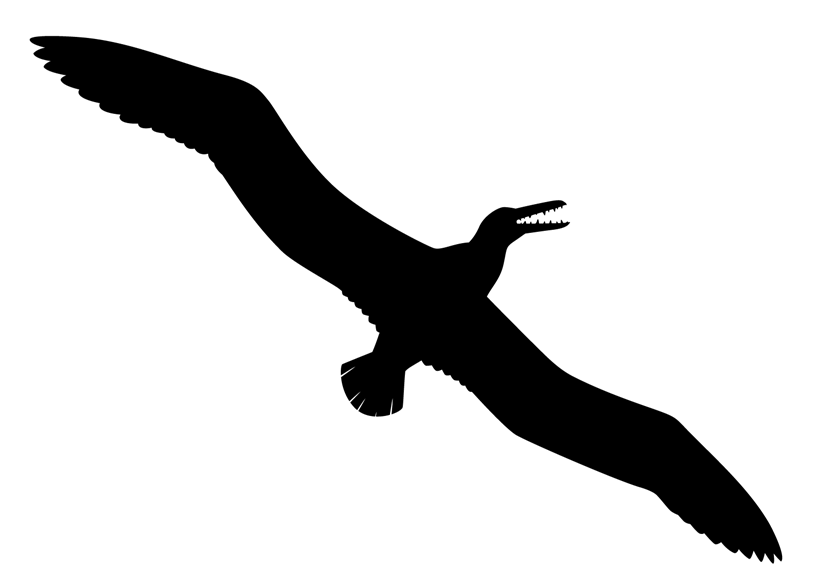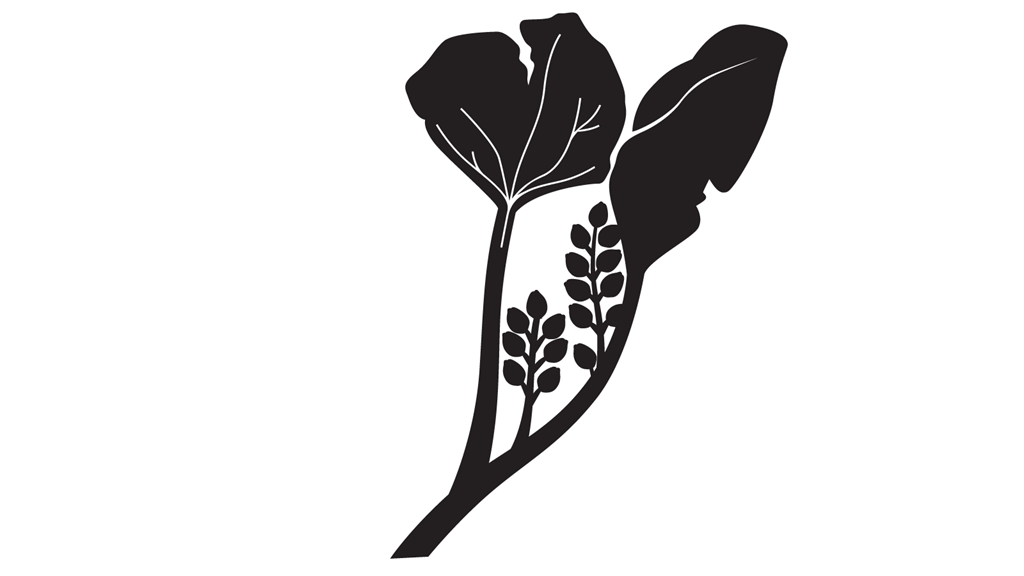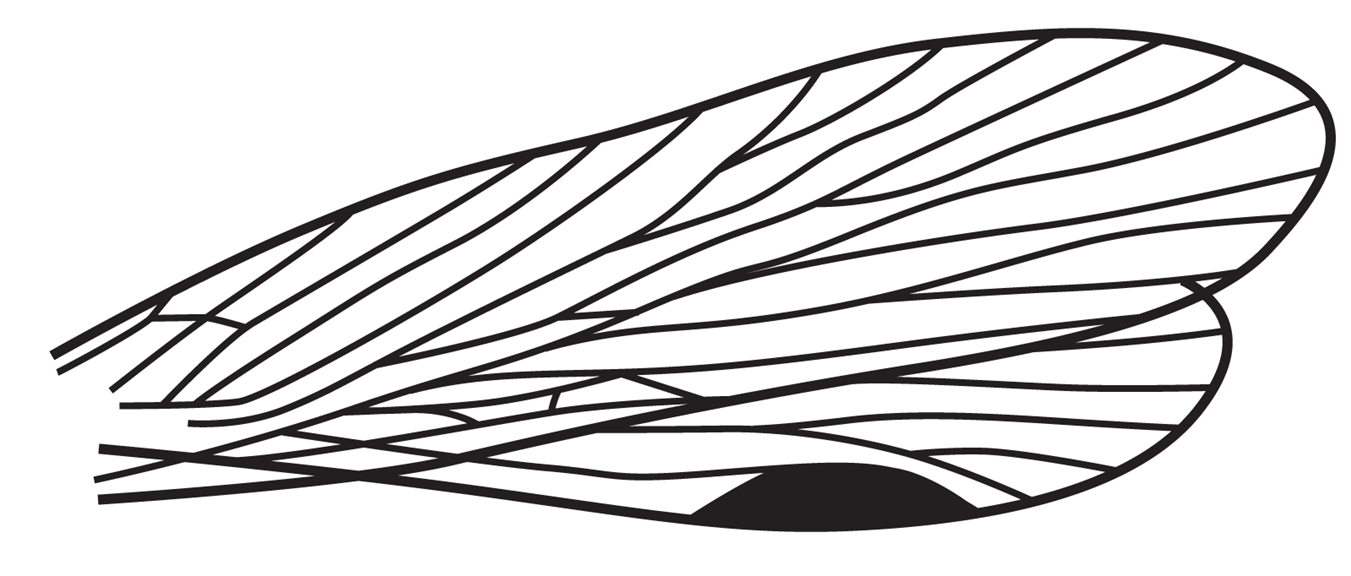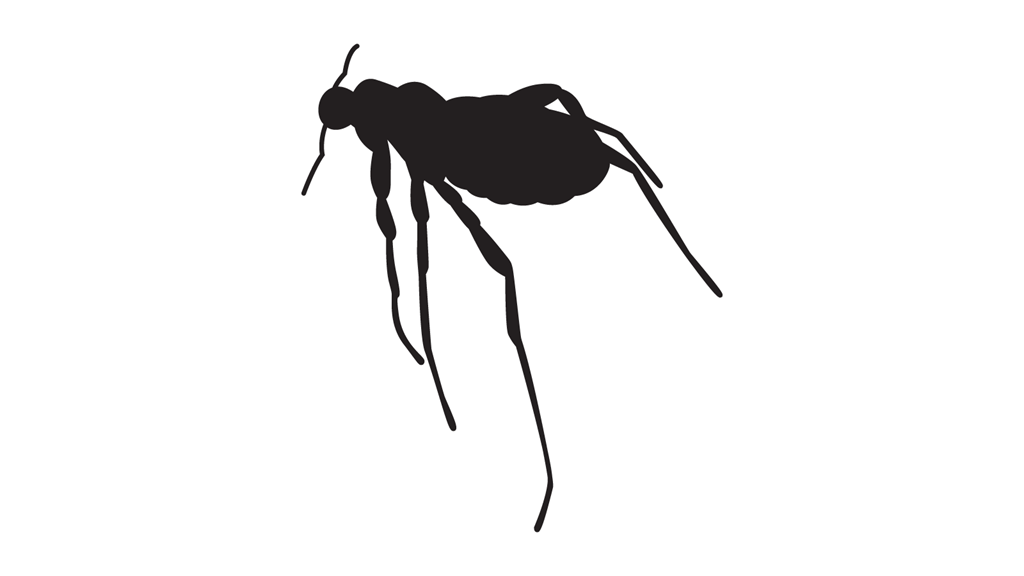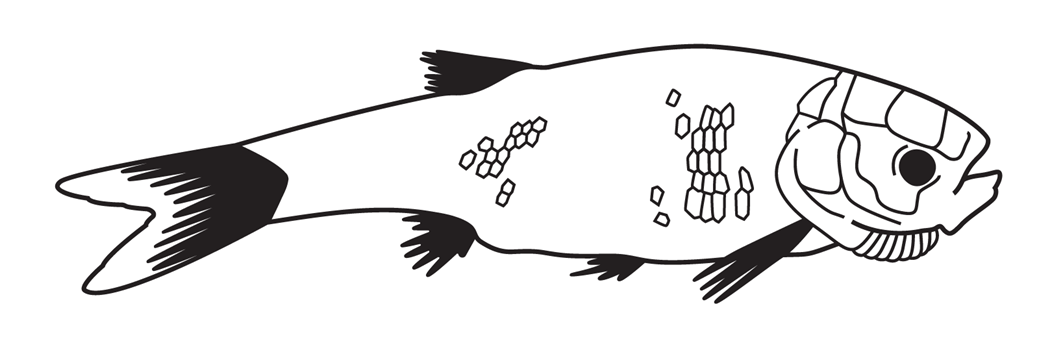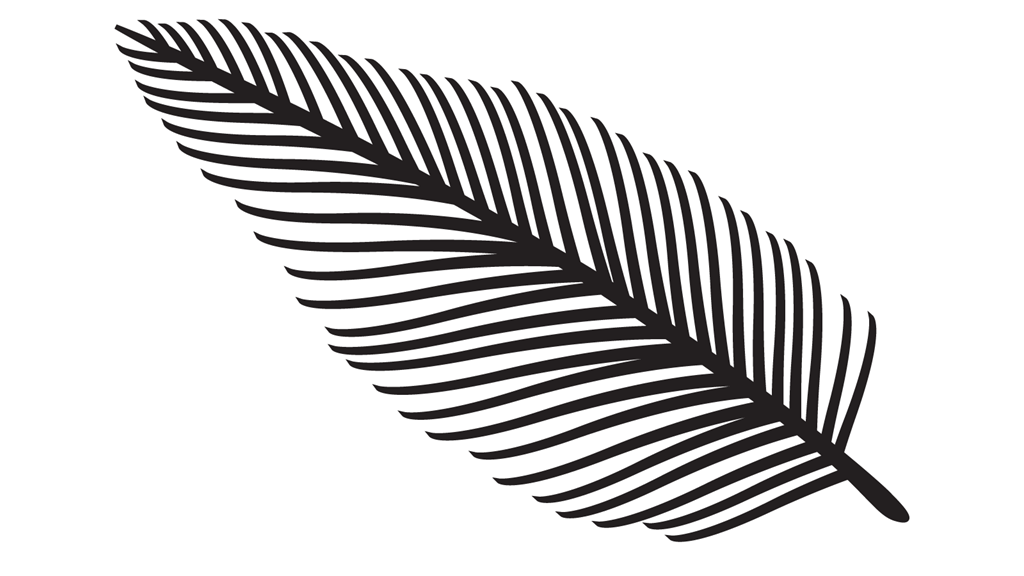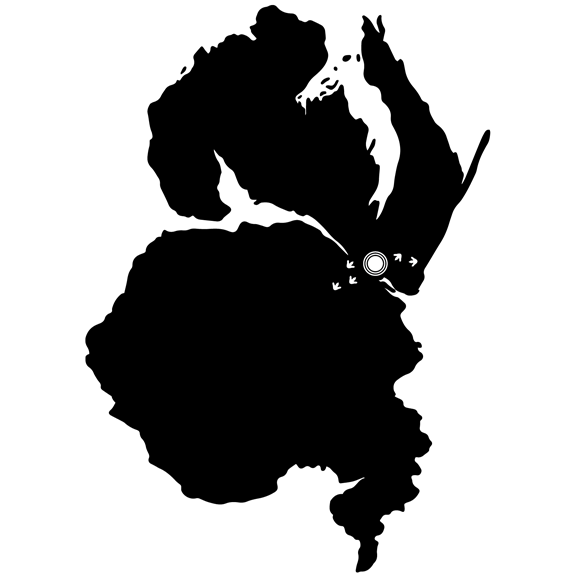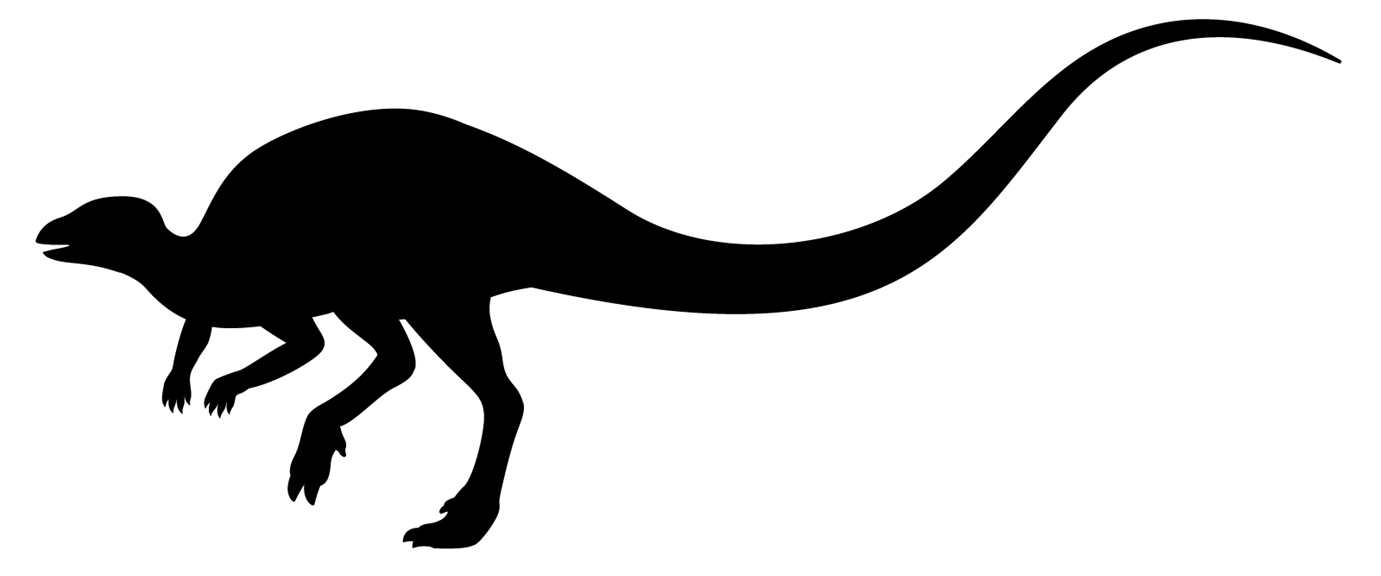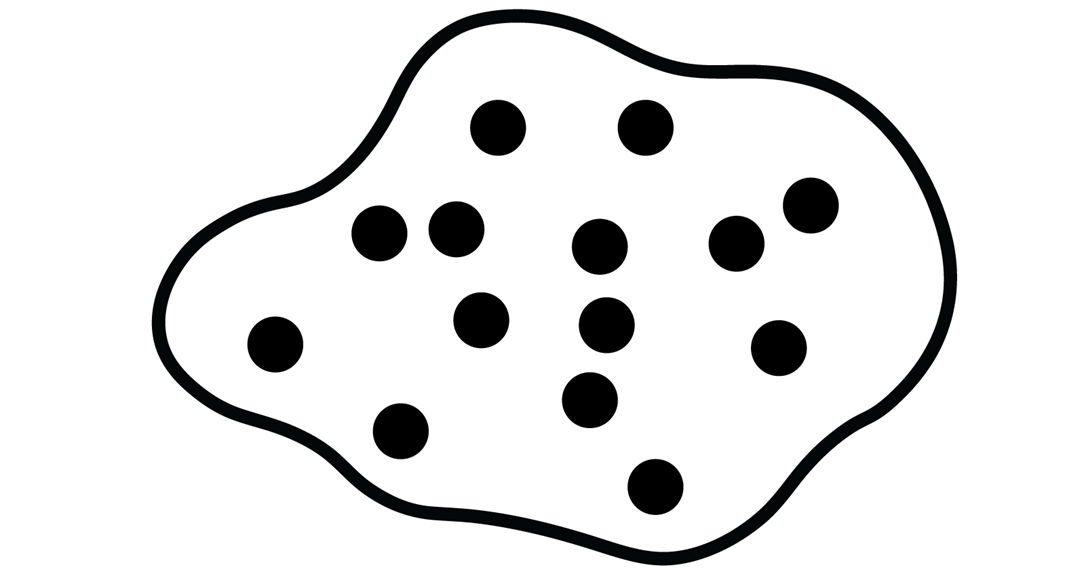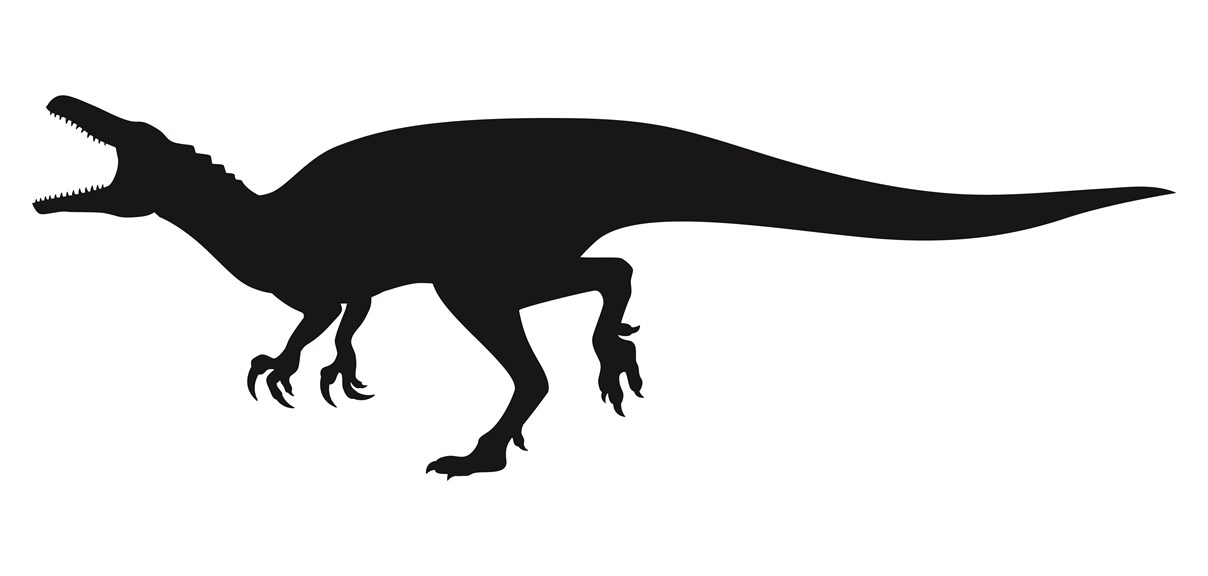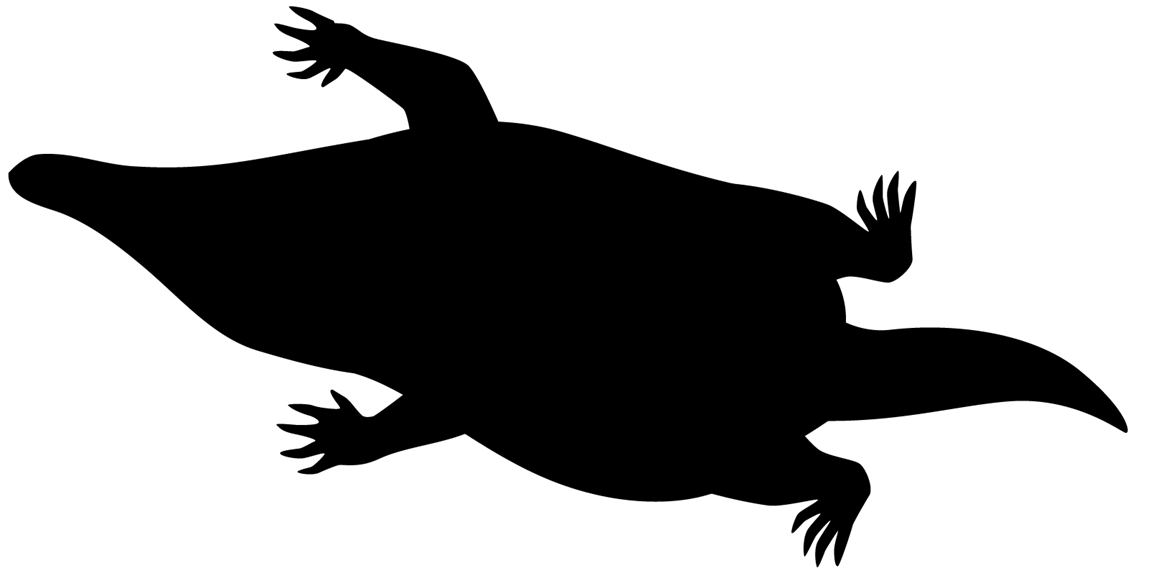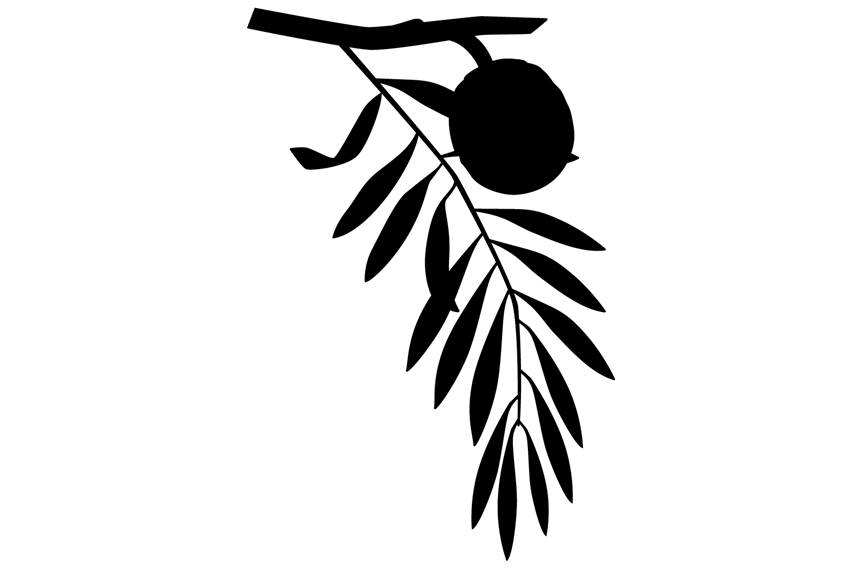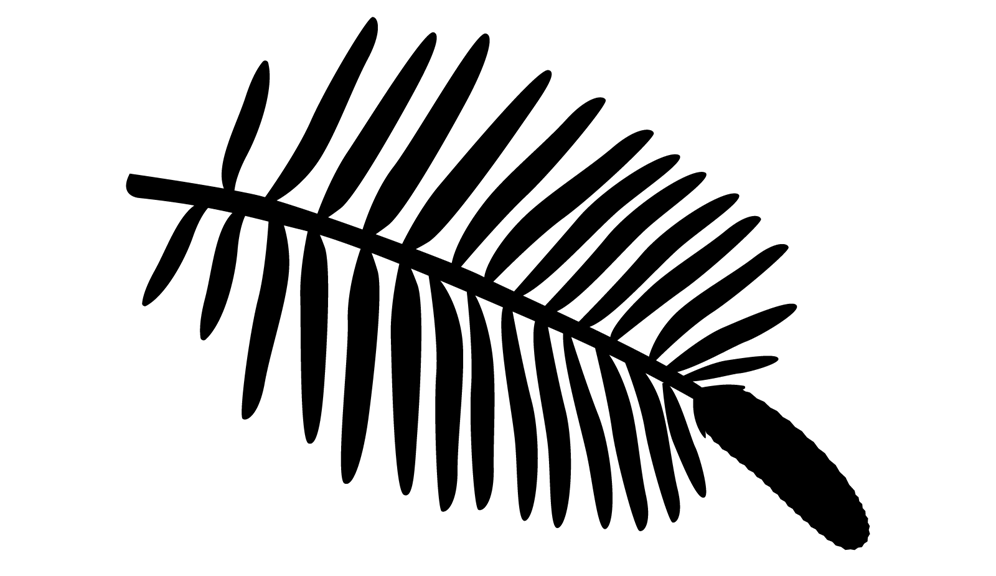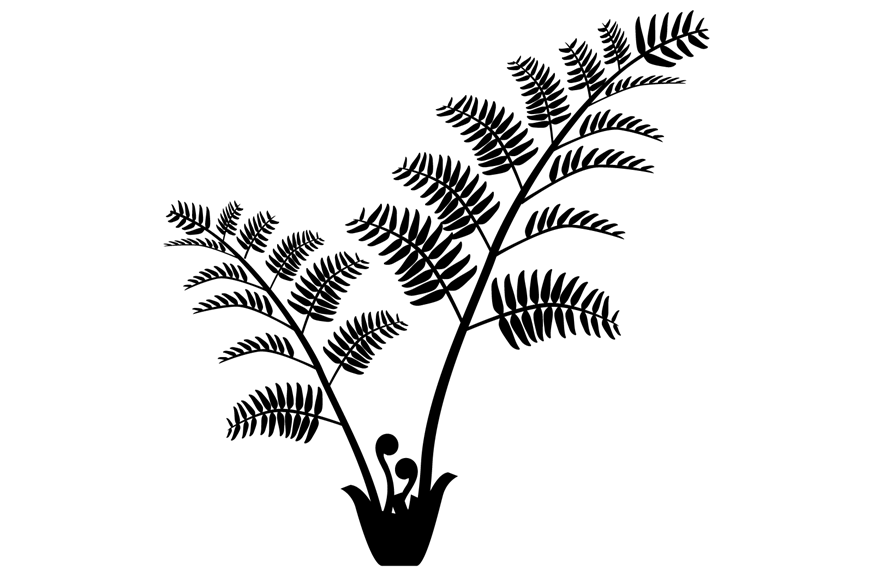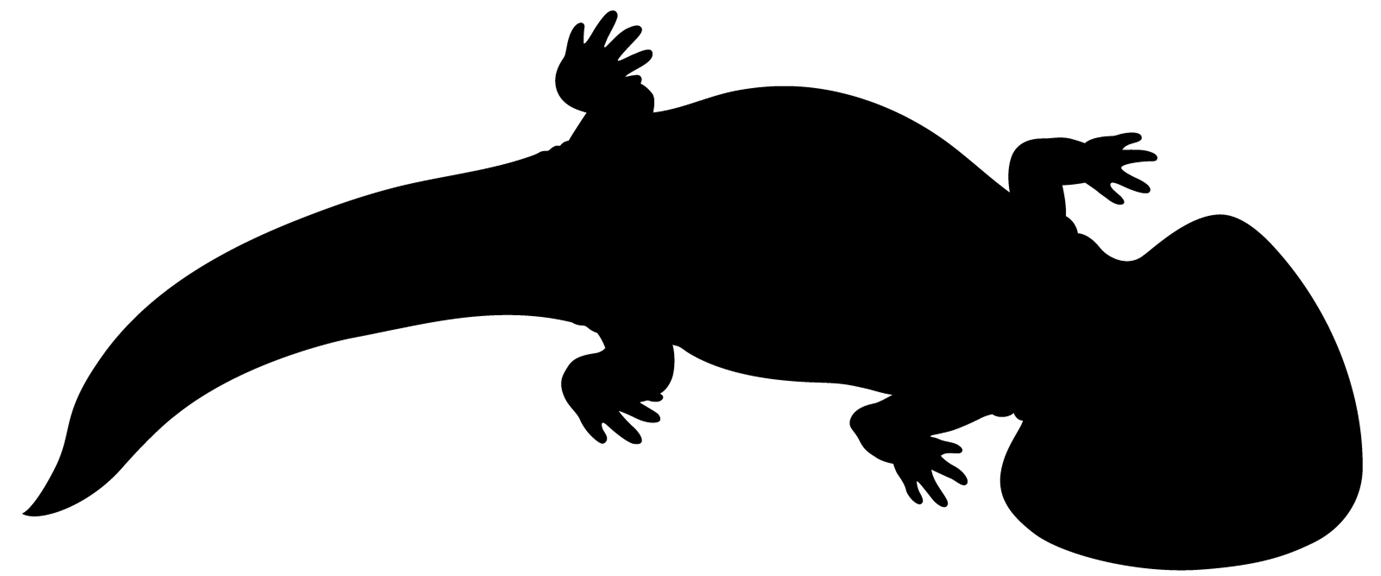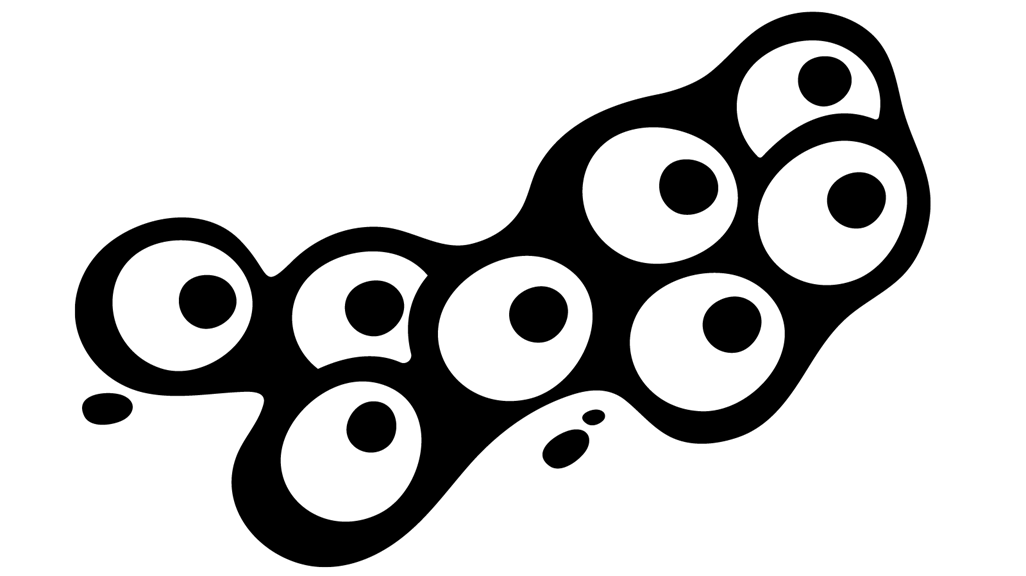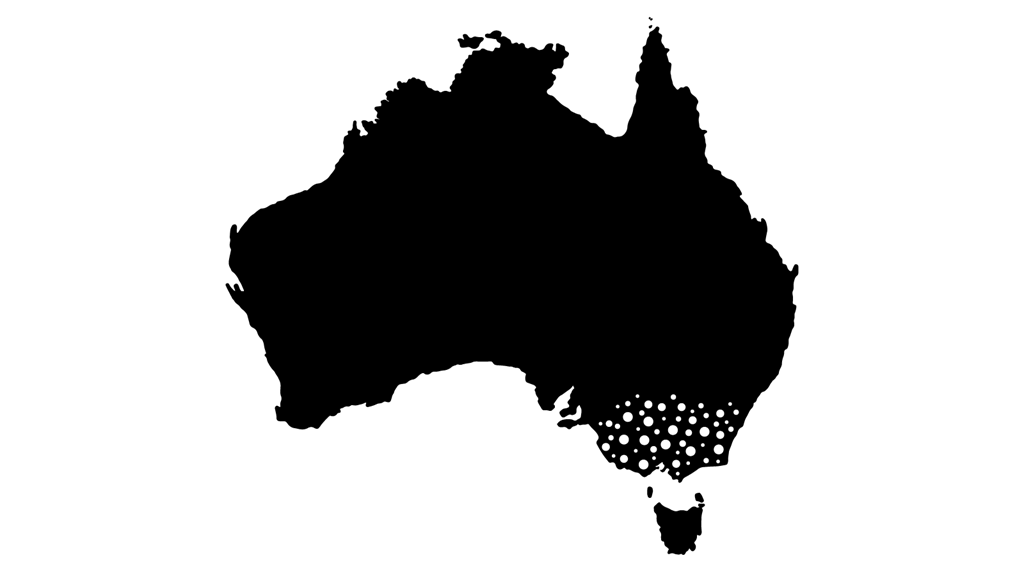Gandel Gondwana Garden: Our Living Past
Accessible Exhibition Handbook
This guide contains interpretive text and high-contrast versions of the illustrations within Gandel Gondwana Garden.
Here I am, today. Spectacularly unique. Deep knowledge, passed down:
Look after me, and I’ll look after you.
Familiar animals
Platypus and Echidna
We’re related—our ancestor is down with the dinos. Maybe she lays eggs, like us?
Kangaroo
Have you seen my great-great-great-great-great auntie? I’m a giant ... but she’s a titan!
Emu
Can’t fly. None of us ratites can ... so how’d we get all over the world?
Amazing plants
I’m called Wuulot in Gunditjmara. I’m also known as Kangaroo Grass.
People have baked with us forever ... it takes muscle to turn our seeds into flour.
Psst! Hungry?
In Woi Wurrung I’m called Pike. I’m also known as the Bulbine Lily. My tasty treats grow safely underground ...
What could we make together?
My original name is unknown for now, but you can call me Kangaroo Tail.
Strong wood to make spears, leaves that cut, sap sticky as glue.
Bug bites? Shh.
In Gunai/Kurnai I’m called Gadwud. I’m also known as Coastal Pigface.
My salty juice soothes stings.
Need a feel-good treat?
In Bunganditj I’m called Munter. I’m also known as Muntries.
Dry my berries: make a cake of soap or cake to celebrate!
Scratchy, tough, but everyone here knows, I’m rich with nectar and nutrients to share.
Now, how to find them ...?
Big animals and how to get them
Liangle
in Gunditjmara language
I can help you bring down something big ... from a safe distance.
Procoptodon goliah
pro-cop-tuh-don gol-eye-ah
Why hop when I can walk? Why have more toes when one will do? Works for me!
Macropus titan
mak-rope-us ty-tan
Looooong legs help me hop further—to find fresh food!
Megalibgwilia
mega-lib-gwil-ee-ah
Hope future echidnas get this nose. And sturdy arms. Dig, dig. Slurp, slurp.
Pollinating love stories
I’m called Birrna in Gunaikurnai. I’m also known as Coast Banksia.
How could I resist the sweet smell of your nectar?
My original names will be rediscovered soon. Call me Tea Tree until then.
Perfect match: my short tongue, your shallow nectar-cups. Flower, I love you.
I’m called War-rak in Woi Wurrung. I’m also known as Silver Banksia.
My whiskers brush. Your flowers dust. I get fed. Your pollen’s spread.
The rock
Little River Scoria
Not like other lava. Gas bubbled up in me when I cooled—forever full of fizz!
My seasons shift, growing cool and dark. Slippery shadows—shh! Something big’s between those trees …
Palorchestes azael
pal-or-kest-ease a-zay-el
Bent elbows, everlasting push-up. Stronger arms to grab those plants—yum.
Thylacoleo
thy-lak-oh-leeoh
You might run. But I can hide. Don’t look up—you’ll wreck my body-slam surprise.
Thylacoleo joey
Wish Mum was home—pouch comfier than cave. Can you get her?
I’m an island. My air’s humid, heavy with scent: flowers, feathers, fur. Seek them high up and down low.
Rainforest plants
I’m called Burrawang in Eora. I’m also known as a cycad.
Dinos find my seeds delish, but your human tummy wouldn’t like them. At least, not raw ...
I’m called Moo-laa in Tjap Wurrung. I’m also known as Bracken.
See how my pattern repeats? Come closer.
See how my pattern repeats? Come closer.
See how my pattern repeats?
My original names will be rediscovered soon. Until then, call me Lace Kurrajong.
Water-filled insides, bird-friendly flowers—they’ve helped me survive for aaaaages.
Fossilised leaves with living relatives
We haven’t changed much.
Look for living leaves that share my spout.
My original names will be rediscovered soon. Until then, call me Glossy Laurel.
After all this time …
My family still grows here. See our spiky edge?
I’m called Guwandhang in Wiradjuri. I’m also known as Eumundi Quandong.
I’m so old, I’ve fossilised.
See my living relatives? Same zig zag shape.
I’m called Bullagai in Wiradjuri. I’m also known as Swamp Banksia.
Boulders with curious fossils
Harcourt Granite rock
I started out hot. Stayed underground. Crystals grew. Ended up real cool.
Fossils from Koonwarra dig site
Lived, died and fossilised, all on a peaceful lake. Lots we forgot over millions of years. Can you imagine what?
My bright bloom’s gone grey. What colour was my flower?
Do you reckon I was noisy? Swoosh! Bzzt? ... Flap-ap-ap?
Hungry flea, me. So long since last feed. Who might I bite?
Slippery swimmer before I got stuck—did I wriggle, glide or dart?
I was on a bird ... but which bit?
My polar forest, connected, full of life. Creatures creep across cold continents—can you see them growing, eating, thriving?
Dinosaur action
Leaellynasaura
lee-ellen-uh-sore-uh
Good to be small. Ferns easy to reach. And me, harder to see!
Snug in here. But almost crackle-time. Which dino’s our mum?
Australovenator
os-tral-oh-ven-ah-tore
Big arms, long fingers, curvy claws. Perfect for grabbing Leaelly snacks.
Teinolophos
tee-nuh-low-fuss
I’m different from dinos! I lay eggs, but with soft shells ... and my babies are way fuzzier, too!
Dinosaur plants
See my round cones? Early model. Ancient, even. But they still spread my seeds.
My original names will be rediscovered soon. Call me Kauri Pine until then.
Psst—seen any dinosaurs? Tell them to stop biting my branches. I want to survive!
My original names will be rediscovered soon. Call me Wollemi Pine until then.
Rough-looking, but soft-hearted. Fed and shaded dinosaurs. Now we can feed and shade you.
My original names will be rediscovered soon. Call me Lacy Tree Fern until then.
The rocks
Heathcote Greenstone
Remember the time before dinosaurs? When this was all underwater? I do.
Omeo Gneiss
See my shiny crystals? Mountains grew over me—big slow squish made me sparkle.
Basalt Columns
Crack! Continents split, we bubbled up between. Then pop! We cooled and snapped to tidy shapes.

